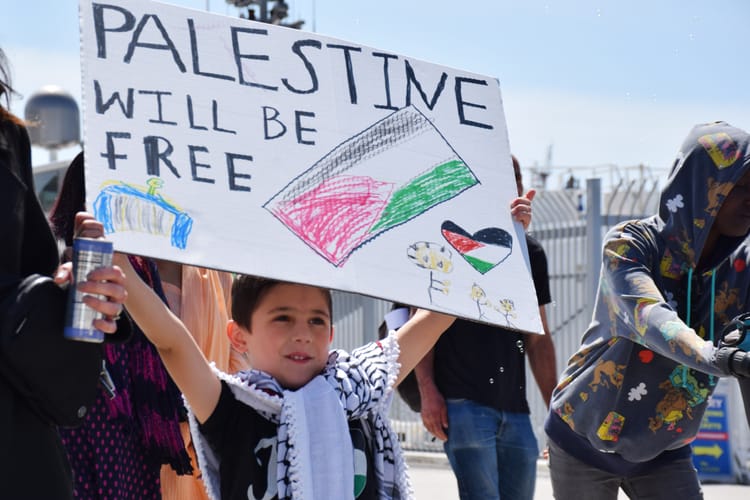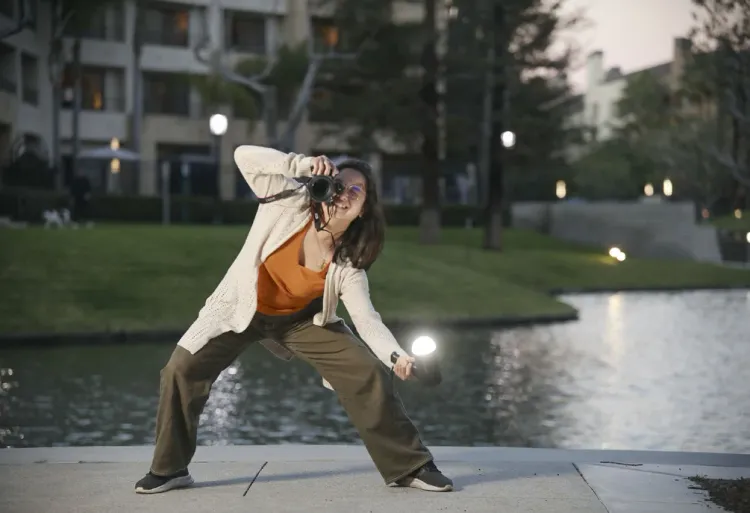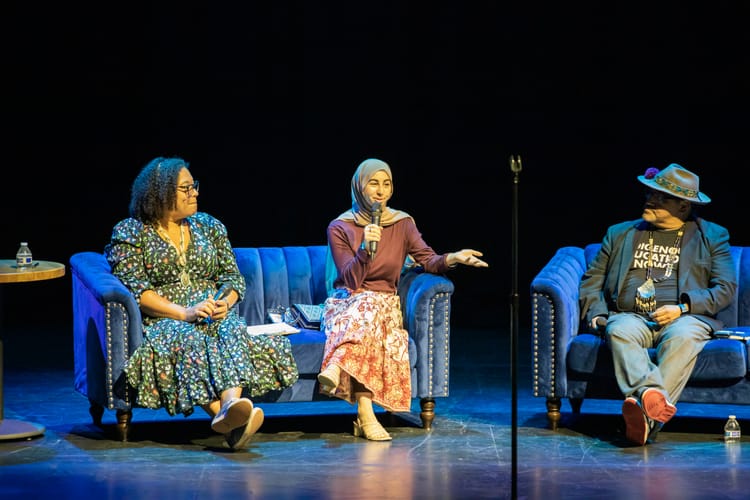Meet co-founder Kate Morrissey, capoeirista, DJ and immigration reporter
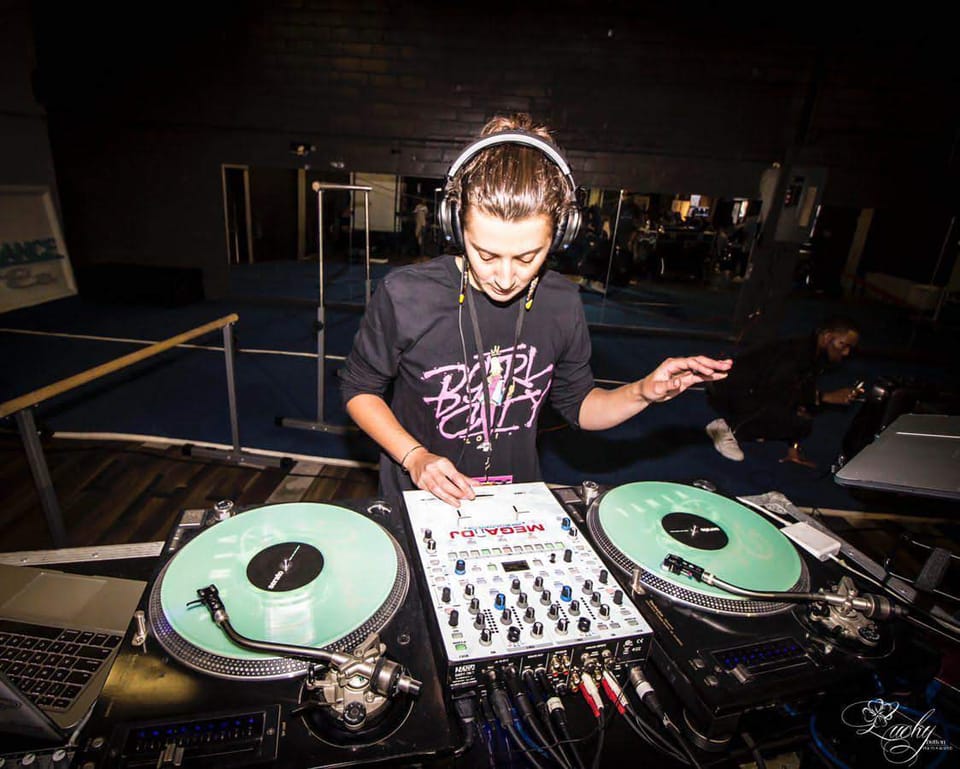
Kate Morrissey has covered news relating to immigration and the border since 2016.
Introduce yourself.
Hi there, I'm Kate Morrissey (she/her). I'm Irish American, and I grew up in the Atlanta area. I've been in San Diego for nine years now, and it has very much become my home.
Why did you become a journalist?
I honestly sort of fell into it. I often call it a happy accident. I graduated college with a degree in literary translation (translating poetry from one language to another) during the recession in the late aughts and ended up working a software job in Wisconsin that was not a good fit for me.
I felt stagnant and decided to go to graduate school to try to reset my life. I knew I wanted to get back to working with language, so I applied to linguistics and creative writing programs. On a whim, I applied to a couple of journalism schools. After I got in, I had to decide what I actually wanted to do, and I realized that journalists do something that is very important to me — they spend their days out in the world talking with people.
My personality wasn't made to sit behind a desk all day or stay glued to a computer. As I learned more about the mission of journalism — holding the powerful accountable, shining a light on circumstances and experiences that the majority might not have known about and helping people learn more about the world around them — I was hooked.
What type of journalism do you like to cover? What topics?
I've been covering immigration news since 2016. That I consider another happy accident of my career.
I started out as a data journalist with an interest in covering disparities in the criminal justice system, and when my editor asked me if I would like to transfer to the immigration beat, I found my match. The beat called for a combination of accountability stories looking at a complex legal system that is often called a roulette with coverage of communities and cultures from all over the world. I finally found a very practical use for my language nerd abilities.
Beyond these kinds of stories, I also enjoy writing about people in our community who are trying to do good in the world. It's so easy to get caught up in the swirl of terrible situations that exist in the world, and it's important to remember and acknowledge that there are also people trying to help each other and fill the world with a little more joy.
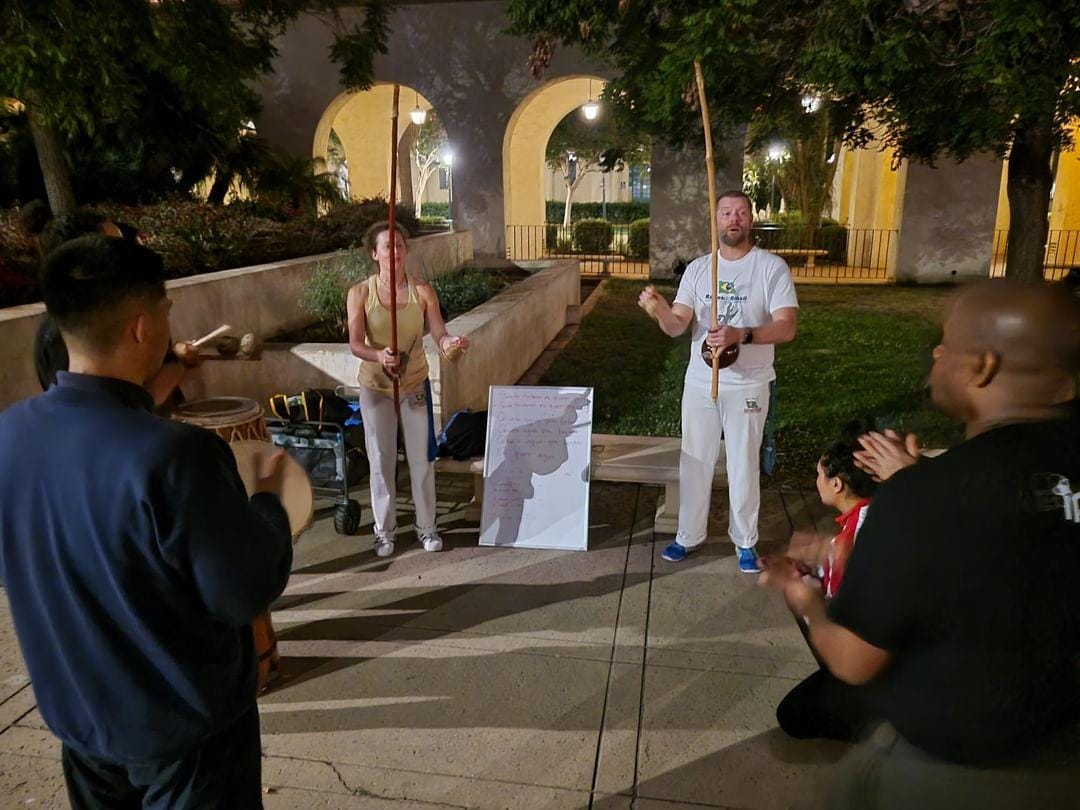
What hobbies do you have?
I train capoeira, which is a Brazilian martial art created by enslaved Africans in Brazil and disguised as a dance.
I am a bgirl, which, if you watched any of the Olympics this year, is hopefully a more familiar term to you than it used to be. Bgirl is the feminine name for someone who practices the art of breaking, which is the original Hip Hop dance style that came out of The Bronx in the 1970s.
I also DJ, a hobby that grew out of my love for dance, and when I somehow have free time not taken up by any of those hobbies, I enjoy taking my dog Corcholata to the beach.
Who’s your favorite musical artist?
As a bgirl and DJ, I always struggle to answer this question because I could make a list longer than any newsletter you'd be willing to read.
If I'm dancing or spinning on the 1s and 2s, I love breaks, particularly Latin breaks — from classics like Coke Escovedo's “I Wouldn't Change a Thing” and The Judge's Nephews’ “Harina de Maiz” to contemporary jams like Mestizo Beat's “Featherbed Lane” and Jungle Fire's “Firewalker”.
I also love to listen to and highlight women rappers — Sa-Roc, Mumu Fresh, MC Lyte, Arianna Puello, Jean Grae, staHHr, Apani B. Fly, Noname, Bahamadia, Queen Latifah, Boog Brown, Sampa the Great, Chika, Little Simz, Miki Vale (local legend), Monie Love, Lauryn Hill, Rapsody, Shunaji, Snow Tha Product, T-Love, Tássia Reis and Treble Queen, just to name a few.
As a capoeirista, I also listen to a lot of capoeira music because I'm often memorizing Portuguese song lyrics to sing at an upcoming roda. I am a fan of a lot of Brazilian music, particularly folks like Jorge Ben Jor, Sandra de Sá, Emilio Santiago, Luiz Melodia and the list goes on. My capoeira mestre Papiba is a musician, and his band SambaDá is always in my annual top listens on Spotify. SambaDá's “Jornada” is one of my favorites.
I will stop myself here before I take up this entire newsletter talking about music.
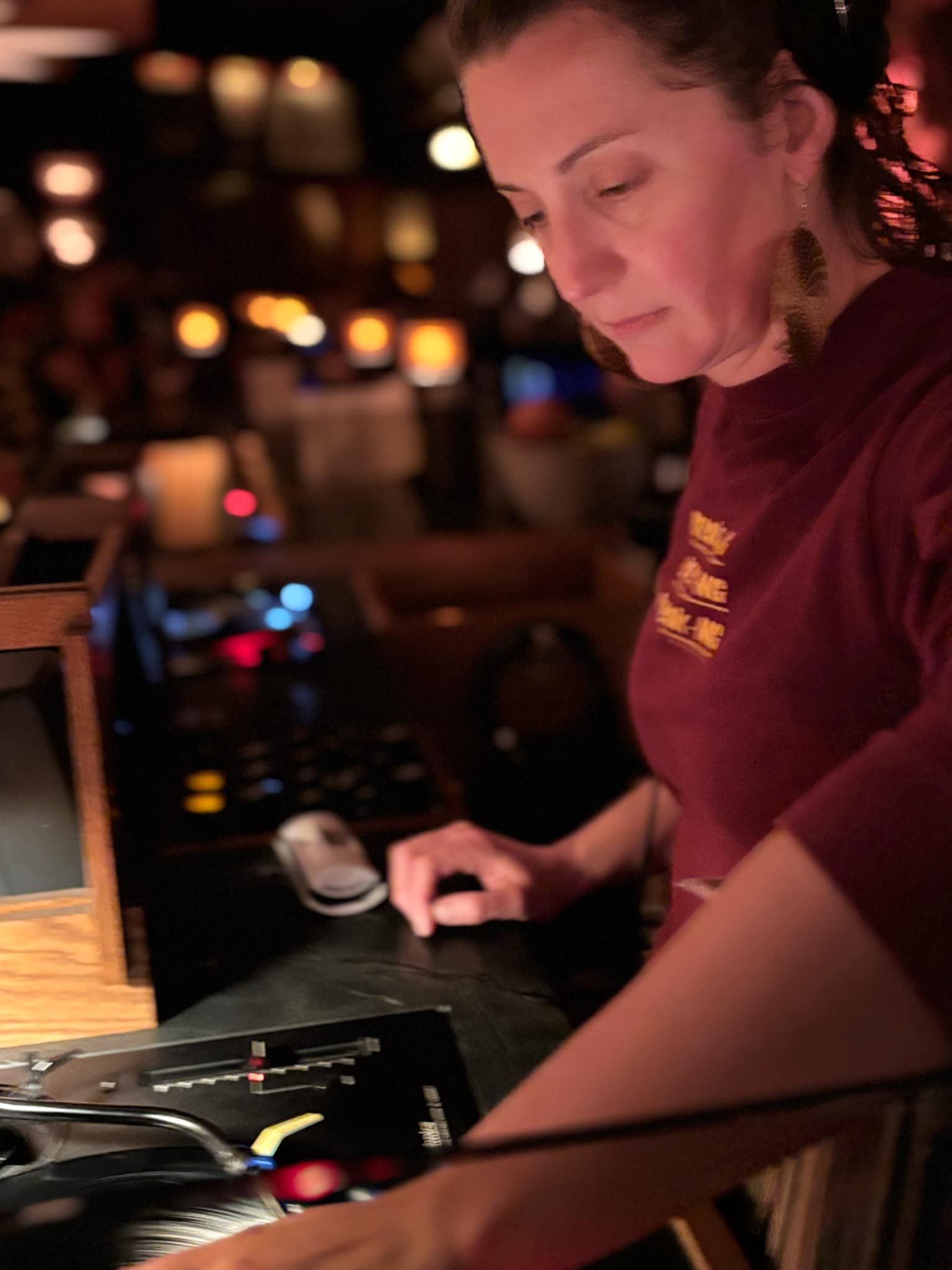
What TV shows or movies are on your mind at the moment?
I've found myself thinking a lot lately about the movie “Don't Look Up.” I think we as journalists can take an important lesson from that film. Yes, the truth can be complex and nuanced, and it can also be simple. We do not need to create a false both-sides situation that allows misinformation to spread.
What does living in San Diego mean to you?
I love living in San Diego. If I'm going to live in the United States, this is where I want to be. The city has a great balance of having a lot to do while not being too big or overwhelming. The vibe of being a border region and a beach town make San Diego feel relaxed and interesting.
There is always something to do, but it's also fine to take a day and go chill at the beach or head into the wilderness on a camping adventure. The diversity of San Diego's communities and the resulting food, cultural events and stories available to us are difficult to match.
If you weren’t a journalist, what would you be doing instead?
I honestly don't know. I think maybe I would've made a good lawyer, but I never felt drawn to that field. At one point, I dreamed of becoming a sports mascot, but after a ruptured Achilles tendon, I decided I needed a career that didn't depend on my body functioning all the time. I think journalism is where I'm supposed to be, and I am excited to keep practicing it and serving my community.
If you could interview any person, living or dead, who would it be and why?
Perhaps this is a silly answer, but I am a big fan of Trevor Noah, and in recent months, I've really gotten into his podcast. (I did an internship at a South African newspaper, which had a big impact on my understanding of the world and of journalism.) I don't always agree with him, but I really appreciate the thoughtfulness he puts into how he works through understanding an issue. I think that would be a fun and enlightening interview.
Do you have a favorite journalist or writer who inspires you?
More than any journalist, the people who most inspire my work are the ones who trust me to tell their stories.
That said, when I was in graduate school learning how to be a journalist, Charlayne Hunter-Gault came to speak at Northwestern University. She talked about being among the reporters to interview Nelson Mandela after he was released from prison. She said she was the last to speak with him, and, at the risk of losing her interview, she insisted that he have time to drink some tea and rest before they spoke.
Hunter-Gault emphasized how important it is to remember first the humanity of the person in front of you. The journalism comes second to that.
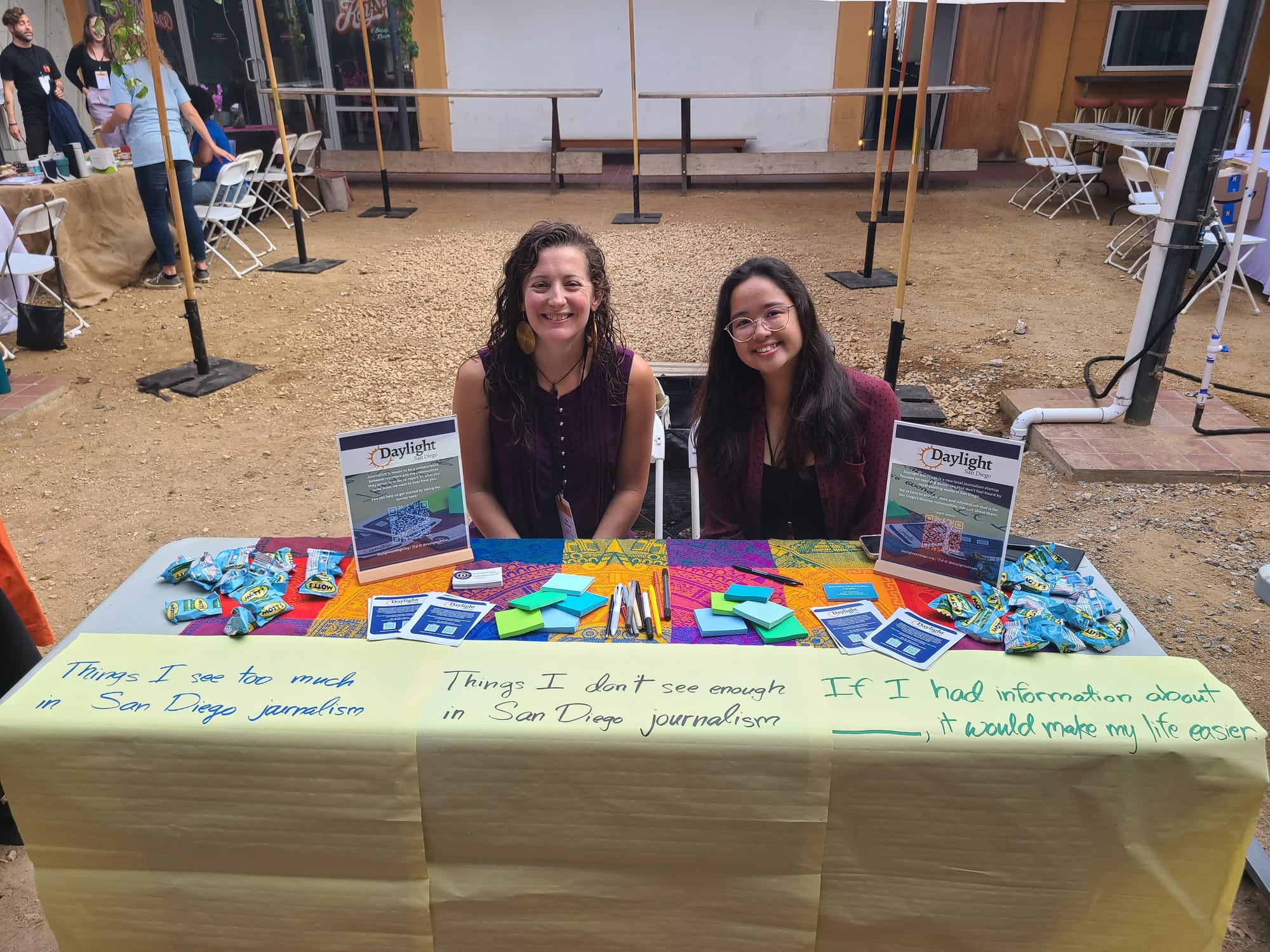
What’s the most unexpected or bizarre story you’ve ever covered?
Because of my role as an immigration reporter, which means speaking with asylum seekers and refugees very regularly, I've covered a lot of stories where people told me what I thought was the worst thing I'd ever heard — until I got to my next interview.
But in terms of unexpected circumstances, a photographer and I were in Tijuana spending time with a young trans woman named Ceidy. She had agreed to allow us to follow her for a while and tell a long-term story about her life experiences. We followed her to a laundromat, doing basic reporting to get a sense of her life.
While we were there, Ceidy got a phone call to let her know that it was about to be her turn to cross into the United States. We had no idea we would be there to witness such a special, hopeful moment for her. Because she was no longer going to be local for a long period of time, we had to scrap the story idea, but we did later follow her to New York to tell a much bigger story about a network of support for trans asylum seekers.
If you could write a headline for your life right now, what would it be?
Immigration reporter juggling deadlines, capoeira classes, needs more sleep
San Diegans gather in solidarity with Palestinians
Reporter Lauren J. Mapp spoke with community members at a Palestinian Land Day gathering in downtown San Diego on Sunday. During the event, San Diegans spoke and marched in solidarity with those facing genocide in Gaza. This year, Land Day coincided with the first day of Eid al-Fitr, a three-day holiday marking the end of Ramadan, an Islamic holy month of prayer, fasting, reflection and community.
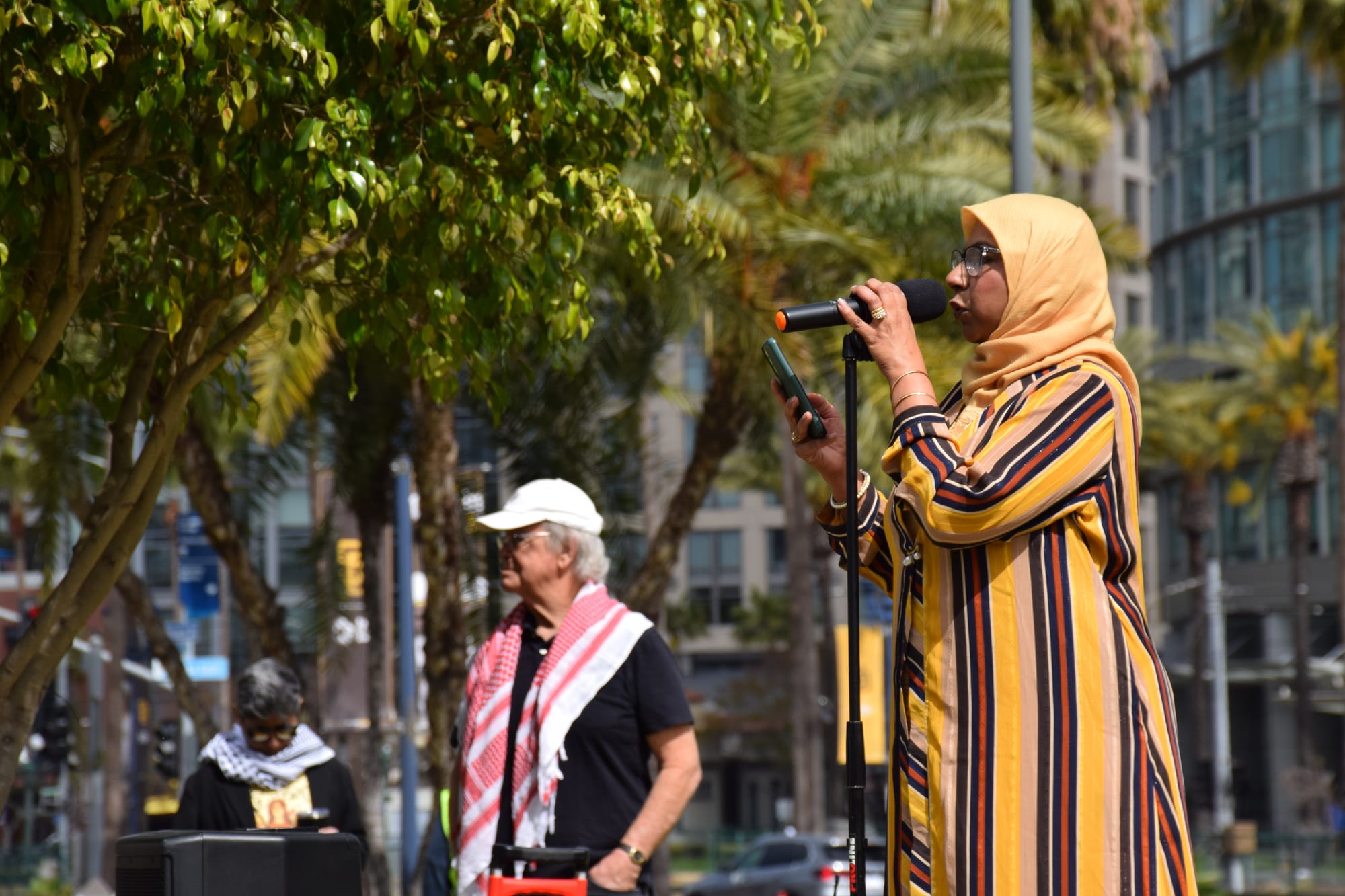
Want to support our efforts to bring Daylight to San Diego?
- Please subscribe to our newsletter so you’re the first to know when we publish content or announce upcoming listening sessions.
- Consider making a tax-deductible donation to our fundraising campaign on Givebutter. A huge shoutout to Janna Braun, Kelsey Hall, Andre Koppoyan, Ronald Mapp and Brendan Mehaffy whose generous donations have helped us raise $1,310 toward our goal of $50,000 by July 1 to support our journalism.
- We are continuing to accept submissions to our Daylight San Diego Community Survey to help shape upcoming news content.
- Hit the follow button on our social media platforms (Instagram, TikTok, X/Twitter, Bluesky, Facebook and YouTube) and share our page with your own community within the region.

